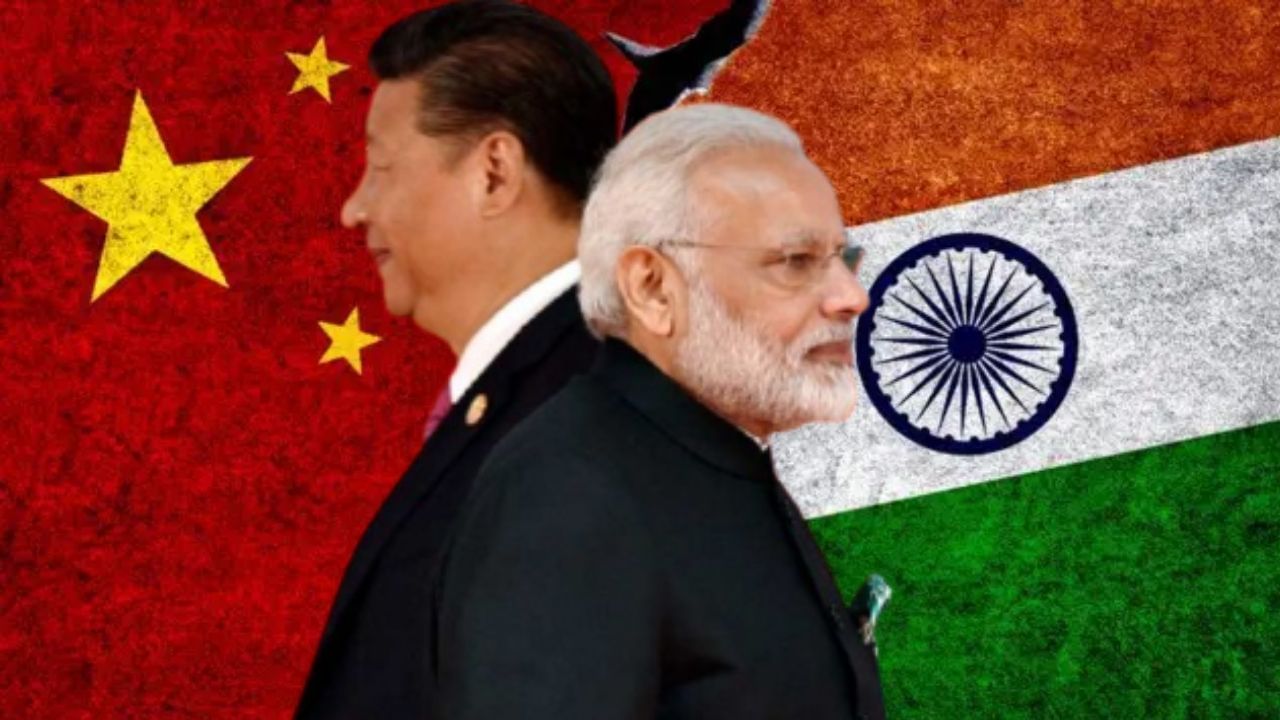Chinese collapse in the game of rare meaning!
The occupation of China’s rare earth elements (RER Earth Elements) has opened a big opportunity for India. India is now running fast on the path of industrial revolution by taking full advantage of its natural wealth. This move of China has inspired India to become self -sufficient, especially in the electric vehicle (EV), renewable energy and sector. Experts say that it will not only strengthen India’s economy, but has also brought a great opportunity for investors. Come, let us understand this entire issue from more details how India can take advantage of this situation!
China’s dominance, new path is opening for India
China’s rule runs on the world’s rare earth market. According to the CNBC report, China controls about 90% of the rare meaning magnets, which are used in electric vehicles, wind turbines and defense systems. In April 2025, China made the export policy of special elements such as Turbium and Dispressium further tightened, causing a stir in the global supply chain. According to a report, China’s mining by 2030 can be reduced to 51% and refining up to 76%, as the world is now looking for other places.
Talking to the media, Amit Gupta of Motilal Oswal Private Wealth said that Geopolitical Tension is giving birth to a new sector in India. Gupta says that due to the first environmental concerns, India has stayed away from rare meaning mining, but now the situation has changed. India has 8% of the world’s reserves, which are around 6.9 million tonnes. Says Gupta, “We have so much reserve that it is 250 times more, which is still being mined.” With this, India is getting a great opportunity to make its place in the global supply chain.

What does India have special?
According to US Geological Survey data, China has 44 million tonnes of rare economy reserves, but 6.9 million tonnes of India bring it to third place. The EY report says that India also has 35% beach and sand minerals in the world, which are used in EV, electronics and defense. But according to Statista, from 2012 to 2024, India’s annual production was just 2,900 tonnes, which is very low.
Greslin of CSIS says, “India cannot replace China, but an alternative supply source can definitely be made.” The government is now emphasizing on partnership, subsidy and incentives between IREL (India) Limited and private sector. For example, there are Monazite deposits in coastal areas such as Andhra Pradesh, Odisha, Tamil Nadu, Kerala and West Bengal, where mining is planned to increase.
Rare Earth is found in the coastal areas of India, but due to the Atomic Energy Act, 1962, Monazite is considered a “prescription substance”. Due to this, mining is only reserved for public sector, due to which private companies stayed away from it. According to Financial Express, there are small reserves in Jharkhand, Gujarat and Maharashtra, but they are not being fully used.
Now India will not just make ree oxide, but will have to make rare meanings and magnets like value added products. For this, there is a dire need for R&D, Global Partnership and Special Industrial Zone. The government is taking steps in this direction, but the path is not easy.
Global friendship will strengthen
India is engaged in strengthening the rare meaning supply chain by joining hands with Australia. Australia is the fourth major producer of Rare Earth. In March 2022, MOU took place between Mineral Bidesh India Limited (Kabil) and Australia’s Critical Minerals Office. The July 9 report of the Economic Times says that India is having a deep conversation with Australia for Rare Earth Minerals. “India can take the initial block and tie-up from companies,” says Malini the UTT of the New South Wales government.
Research partnerships that run up to 2026 under CSIORO will show the way from mining to recycling. India-Australia Strategic Partnership and Quad Framework are also supporting it.
In 2010, Japan was shocked by the shutdown of China’s exports. He applied $ 450 million through Japan-Australia Rare Economic (JARE) on Australia’s Linnas Rare Earties. This reduced Japan’s dependence on China 90% to 58% (from 2022), as the quartz describes. India can also strengthen its position by adopting this strategy.
National Critical Mineral Mission started
The NCMM started in 2025 will focus on mining, processing and recycling, as PIB says. Geological Survey of India will conduct 1,200 projects by 2030-31. Auctions of more than 100 mineral blocks, discovery of marine polymetalic nodules and mineral recovery rules are being easier. A Center of Excellence will also be made, which will update the policy and mineral list.
IREL recorded 5.31 lakh tonnes of production in FY24. Magnets and metals have been started in Visakhapatnam and Bhopal, which are for testing in BARC and DMRL. Resource is being searched in Oman, Vietnam, Sri Lanka and Bangladesh, but the delay in mining permits and environment clearance has become an obstacle.
